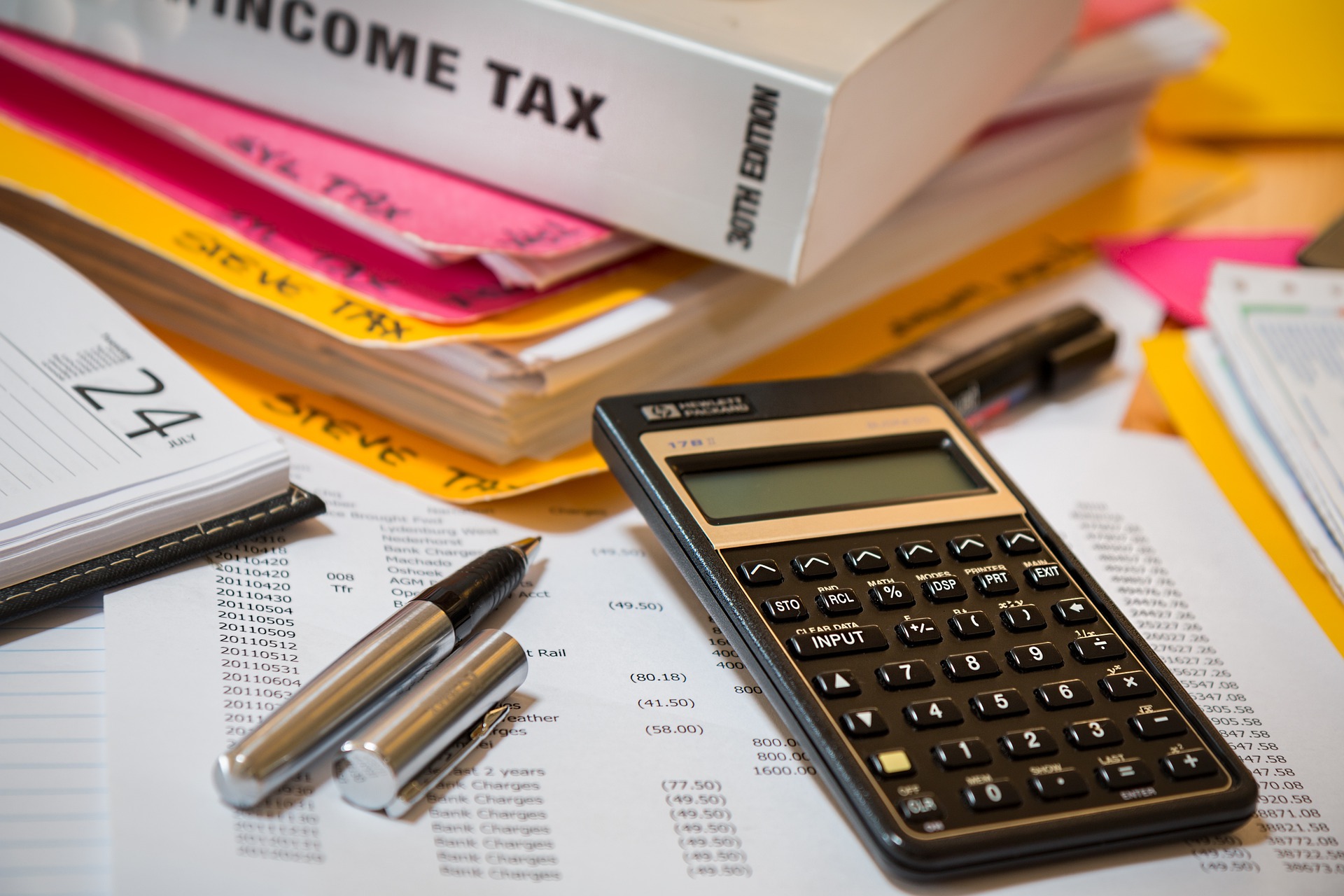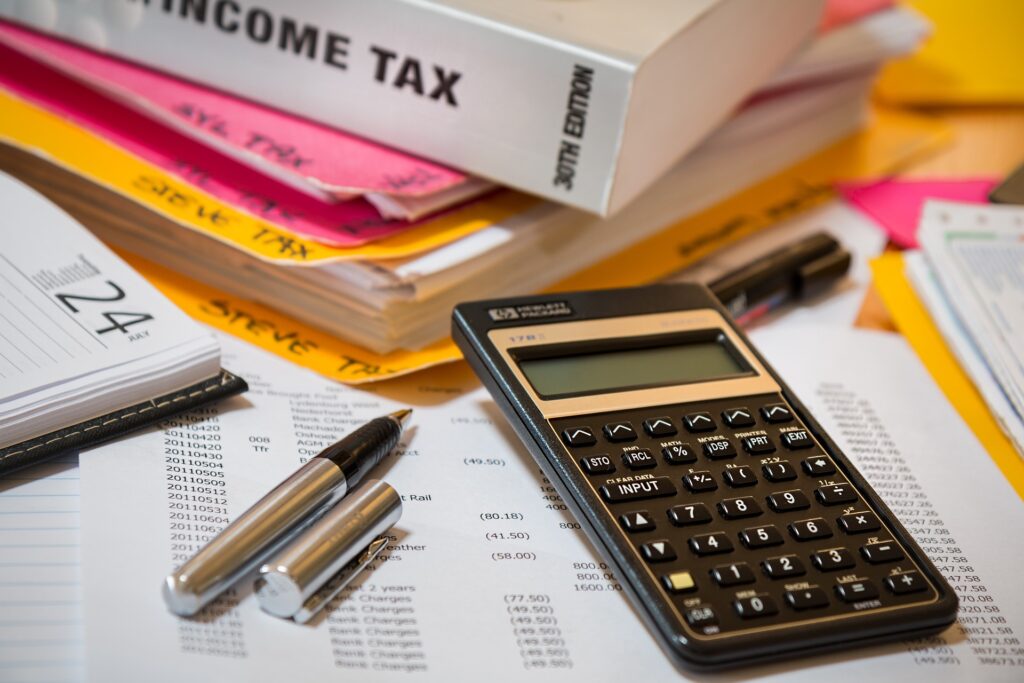Many people equate insolvency with bankruptcy, but this isn’t exactly the case. The two terms refer to different facets of the same situation – but one is the problem, while the other is the solution.
Insolvency is the inability to pay one’s debts when they come due. Individuals may resolve the situation by taking out a loan or taking on a second job. They may also work with creditors to negotiate a debt payment plan or settlement agreement. Bankruptcy is one potential solution to insolvency – typically considered the last chance alternative when other efforts have failed to resolve the issue. Therefore not everyone who is insolvent declares bankruptcy, but those who declare bankruptcy are typically insolvent.
More About Insolvency
There are two versions of being insolvent. Cash-flow insolvency occurs when a debtor can’t make payment because there is no available money. Balance-sheet insolvency occurs when debts exceed assets. The debtor might have the money to make a payment, but it will reduce available cash on hand and hasten financial collapse. While cash flow insolvency can affect individuals or businesses, balance sheet insolvency is relevant to a company. According to the IRS, reasons for insolvency include:
- Job loss or salary reduction
- Divorce
- Medical bills
- Imprudent use of credit
- Financial mismanagement
Cash Flow Insolvency: Struggling to make monthly payments may signal trouble in the future, but it isn’t until someone can no longer make debt payments that they are cash-flow insolvent. Cash flow insolvency impacts both businesses and individuals who have exhausted all potential solutions to resolve their debt. Insolvency may be easy to resolve – such as selling a spare car to pay down credit cards – but once there is no property to sell and no one to borrow money from, the individual must take further steps. For many people, the next logical step is to pursue personal bankruptcy.
Balance Sheet Insolvency: Businesses utilize a standard balance sheet insolvency test to decide whether or not bankruptcy is the appropriate course of action. The business will assess its inflows, outflows, and assets. As with a cash flow issue, they may find they can sell some assets or restructure to find the needed cash to continue. Financial advisors can evaluate business operations, recommend potential scenarios for lowering or eliminating debt and suggest the best solution. Insolvent companies can often turn their situation around by reducing costs, selling company assets, borrowing additional capital, negotiating with creditors, or selling to a larger, financially stable organization.
When an Individual is Insolvent: Next Steps
If someone is overwhelmed financially and cannot pay their debts, they can call a debt counselor. A debt counselor or service assists in reviewing their finances and negotiating settlements to avoid bankruptcy. Of course, debtors can negotiate with creditors without professional help. Although the creditor has no obligation to offer a settlement or repayment plan under these circumstances, it is beneficial for them to do so. An agreement may include a lower interest rate, reduced debt, or more manageable payments.
The court designates an individual or business insolvent with an insolvency order. In most jurisdictions, an insolvency order can temporarily avoid debt collection efforts.
If you live in the Sarasota area and are struggling to pay your bills, call the bankruptcy experts at the Richard V. Ellis law firm. We can provide the assistance you need to understand your financial condition, discuss your options, and take positive steps toward resolving your economic issues.






